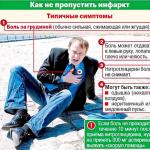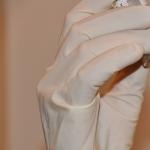A stroke is a serious disease, rehabilitation after which requires a lot of effort. According to statistics, only 30% of patients return to their previous physical activity. In this case, the assertion is completely true that it is much easier to prevent a disease than to eliminate its consequences. Therefore, stroke prevention is something that every person should do from a young age, without acquiring and, if possible, giving up bad habits, leading a healthy life and vigilantly listening to the state of their own body.
How to prevent a stroke in the future
Preventing the disease even in the long term and eliminating the prerequisites for its occurrence is the primary prevention of stroke. It is implemented through a whole range of complex and not very activities:
- treatment of vessels, heart diseases, diabetes, etc.;
- weight loss, healthy nutrition;
- quitting smoking, drinking alcohol;
- moderate physical activity.
Regarding smoking, it should be noted that after five years of quitting this habit, the risk of stroke in such people becomes approximately the same as in non-smokers.
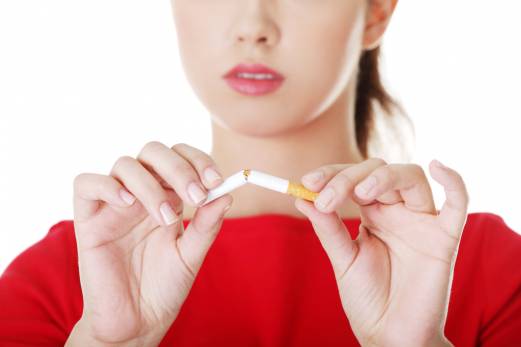
There are only two types of stroke:
- Ischemic (otherwise called a cerebral infarction), in which blood vessels are clogged. The result is cell death and severe brain damage. It occurs in 80% of cases.
- Hemorrhagic - hemorrhage due to rupture of the vessel - the surrounding tissue is compressed, causing swelling of the brain.
The former is almost always accompanied by atherosclerotic vascular lesions, high blood pressure, and sometimes arrhythmia. Therefore, the prevention of stroke as the most important component includes the treatment of exactly medication.
For this, different drugs are used and various types of therapy are prescribed:
- Hypolipidemic with the use of satin;
- antihypertensive therapy;
- Treatment of diabetes, chlamydia;
- Folk remedies and the use of herbal preparations.
Features of lipid-lowering therapy
This type of therapy aims to treat atherosclerosis. It occurs due to the growth of cholesterol plaques in the vessels, which prevent blood flow to various organs, including the heart and brain. Plaques tend to come off, getting into the vessels of the brain and causing an ischemic stroke.
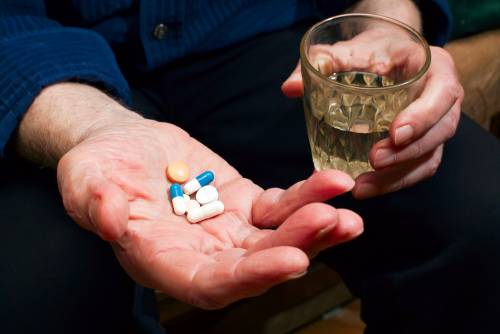
Drugs such as pravastatin, niacin, combined in the general group of statins, significantly reduce the risk of cholesterol plaque formation, respectively, they can be considered as highly effective drugs for prevention. This type of therapy is very important, because even a ten percent excess of cholesterol by 30% increases the likelihood of ischemic stroke.
At the same time, only a doctor can prescribe statins to a patient - all drugs of this group have side effects - their use sometimes looks doubtful:
- in patients with a low excess of cholesterol levels and, accordingly, with low risks;
- in patients with diabetes.
At the same time, lipid-lowering therapy is mandatory for the following groups of patients:
- when is the prevention of recurrent stroke;
- during operations on the heart and large vessels;
- ischemia with a high risk of stroke.
In these cases, there is simply no other way out, except for the use of these drugs as drugs for the prevention of stroke, despite the presence of serious side effects, there is simply no - they really prolong the life of patients.
Antihypertensive therapy
High blood pressure (blood pressure) is the most important risk factor for both types of stroke. This is due to repeated hypertensive crises, accompanied by a sharp increase in blood pressure. As a result, the walls of the arteries swell and aneurysms form, causing bleeding in the brain.
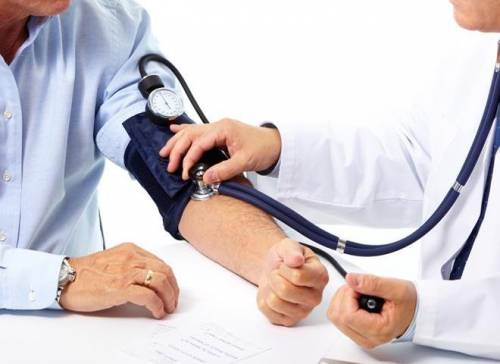
At the same time, BP can be effectively controlled and treated. To do this, the doctor prescribes antihypertensive drugs - calcium channel blockers, diuretics, etc. These pills need to be taken for a long time until the normal level of blood pressure stabilizes with periodic correction of the course of therapy by the doctor.
Under the age of 40, when blood pressure rarely exceeds 160/100 mm Hg. Art., i.e. with non-severe hypertension without complications within six months or a year, the prevention of a microstroke is often carried out exclusively by non-drug methods. In addition to giving up bad habits and reducing body weight, they include:
- Reducing the intake of sodium in the body along with food (table salt);
- Maintaining the necessary intake of magnesium, potassium and calcium in the body;
- Limiting the consumption of food with the maximum content of cholesterol and fat, on the contrary, increasing the proportion of fresh vegetables in the diet.
When stroke prevention is carried out, to evaluate the effectiveness of treatment, hypertension should be measured independently twice a day at a set time in the morning and evening. This should be done in a calm environment so that recent stress, any physical activity, etc. does not distort the results.
Folk prevention of the disease
Nature provides a lot of medicines that can help you get up after a stroke, or be used to significantly reduce the likelihood of a disease in the future. That is, they also serve as a full-fledged link in primary prevention. Each person from the risk group should have a memo with him, referring to which he can significantly protect himself from the onset of the disease at home. Consider some recipes for folk prevention of stroke.
Pine or spruce tincture (from cones)
Pine and spruce cones contain large amounts of tannins - substances widely used in various stroke medicines that stop the death of brain cells. As a result, cone tinctures are an indispensable tool for prevention, rehabilitation after a stroke, and during its treatment. In addition, spruce cones especially contain compounds that have antimicrobial, antispasmodic effects, they contain a lot of vitamin C and essential oils.
From a pine cone, a tincture that is effective in preventing stroke is prepared as follows:
- Grind pine cones in the amount of five pieces, soak in vodka (250 ml), preferably even in alcohol;
- The mixture is infused for 14 days in the dark, and the tincture must be shaken daily;
- Strain the product, then take it 2-3 times daily after meals (a teaspoon is enough for reliable prevention).
You can also prepare a decoction to prevent a stroke, for which the same number of finely chopped cones is poured into two glasses of water and boiled over low heat for five minutes. The decoction is drunk in half a glass, preferably in the morning after a meal.
The preparation of spruce tincture is also not complete without apple cider vinegar:
- Pour five finely chopped fir cones with 250 grams of vodka, the solution is usually infused for a long time - for about 10 days;
- Pour vinegar into the solution (a teaspoon).
After that, the tincture can be consumed daily for six months, adding it to tea in a teaspoon.
Methodology of Professor Neumyvakin
I. P. Neumyvakin, professor, founder of domestic space medicine and author of more than 200 scientific papers, has long worked on studying the effects on the body, in particular during a stroke, and for its prevention, such a substance as hydrogen peroxide. It turned out that with the internal use of small doses of an aqueous solution of the drug, it is possible to effectively prevent stroke:
- You should start using one or two drops of a 3% solution diluted in two tablespoons of water. Drink diluted peroxide should be 2-3 times a day.
- Each next day, the dose should be increased by 1 drop until the total daily intake of the drug is 10 drops. The maximum allowable dose - up to 30 drops per day - it is dangerous to exceed it, because it leads to burns.
- The drug should only be taken on an empty stomach or at least 3 hours after a meal. Within 40 minutes after the procedure, eating is also not desirable.
It is desirable to interrupt the course of stroke prevention with hydrogen peroxide every 10 days for 3-5 days, after which the drug can be started with 10 drops. At first, unpleasant situations are possible - nausea, weakness, sometimes diarrhea. Rashes may form on the skin. This only indicates that toxic substances are beginning to be excreted from the body - after a while, these side effects will definitely pass.
The solution can also be used externally for rinsing the mouth - this simple procedure, carried out on a regular basis, is also an effective prevention of stroke. To do this, 3% peroxide must be diluted in water in a ratio of 50/50. Rinsing the mouth with this solution should be carried out for a minute. The remedy has no contraindications, the therapeutic effect is achieved due to the ability of peroxide to regulate metabolic processes in the body.
The use of dead bees
These are the bodies of dead bees, in the chitinous cover of which there is a large amount of heparin and heparoids - substances that improve the tone of blood vessels, normalize blood pressure and suppress inflammation. There is also a lot of chitosan, a compound that helps lower cholesterol. Thus, Podmore contains a whole range of microelements for the prevention of stroke and the fight against it.
But not all subpestilence is suitable for use - it must be fresh, completely dry, without mold and smell. It is usually harvested in the spring. From such material, you can make the most useful tincture, the taste of which, however, will need to get used to:
- Fill a 0.5 liter bottle halfway with dead wood;
- Fill it with 70% alcohol, the level of which should be about 3 cm higher;
- Leave the solution for 2 weeks in the dark.
You need to drink the product about 10 drops per volume of a tablespoon of water. Frequency - three times a day about half an hour before meals. The prophylactic course, during which the blood pressure will stabilize and the blood will be purified, is 1-2 months.
Prevention in women
Today, and at a young age in women from 18 years of age, ischemic strokes are not so uncommon. The disease develops against the background of constant use of oral contraceptives, in the course of dyshormonal disorders. All this is complicated by smoking, which is the cause of a long and dangerous vasospasm.
The basis of primary prevention of female ischemic type of stroke:
- Refusal of all bad habits, especially smoking;
- Control of blood pressure and, if necessary, the mandatory intake of blood pressure-normalizing drugs;
- Treatment of diseases that provoke a change in the hormonal background - mastopathy, endometriosis, polycystic ovaries;
- Limited use of oral contraceptives.
All these stroke prevention measures should be accompanied by moderate physical activity, exercise and a balanced diet.

How to prevent another stroke
A comprehensive program to prevent the recurrence of a stroke that has already happened is a secondary prevention of stroke. It includes all possible methods - both drug and non-drug. The latter include:
- quitting smoking, alcohol and drug addiction;
- a smooth increase in activity (massage, walking);
- obligatory reduction of excess weight;
- hypocholesterol diet.
Drug prophylaxis to prevent secondary stroke includes:
- taking antithrombotic drugs (indirect anticoagulants and antireagents);
- taking antihypertensive drugs to lower blood pressure;
- surgical intervention;
- using traditional methods.
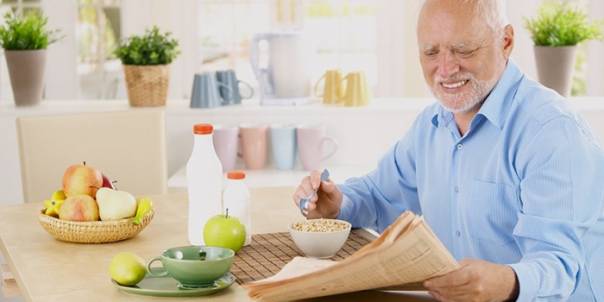
Antithrombotic therapy
It is an important component of secondary stroke prevention. In its implementation, mainly drugs such as aspirin, ticlopidine, etc. are used. This type of therapy is carried out for several years in a row, that is, for a long time and continuously under the supervision of a doctor. It is usually prescribed with an increase in platelet activity and an increased risk of recurrence of the disease.
When taking these drugs, it is necessary to take into account the effect of many side effects - the appearance of aspirin asthma, the development of hemorrhages in the elderly, lesions of the stomach, intestines, and disruption of the normal functioning of the liver. If these manifestations occur, the doctor should prescribe milder drugs - lomoparan, sulodexide, etc.

